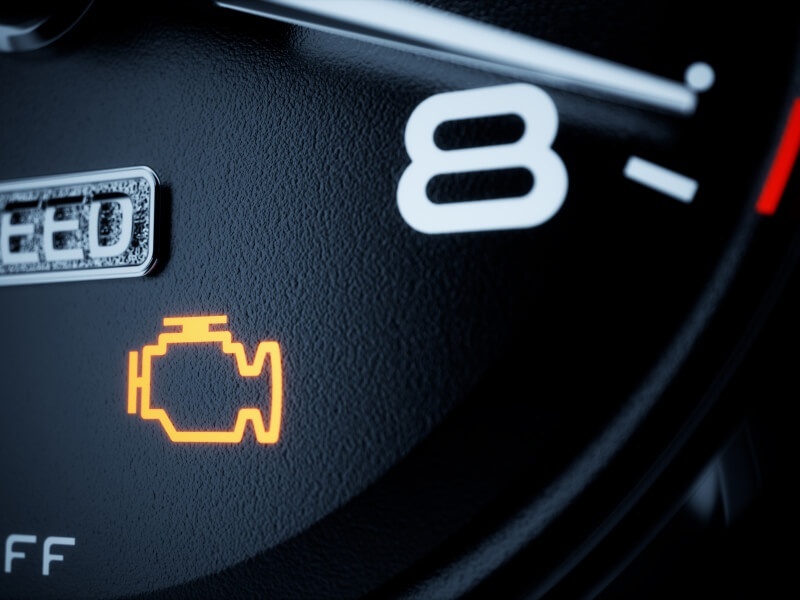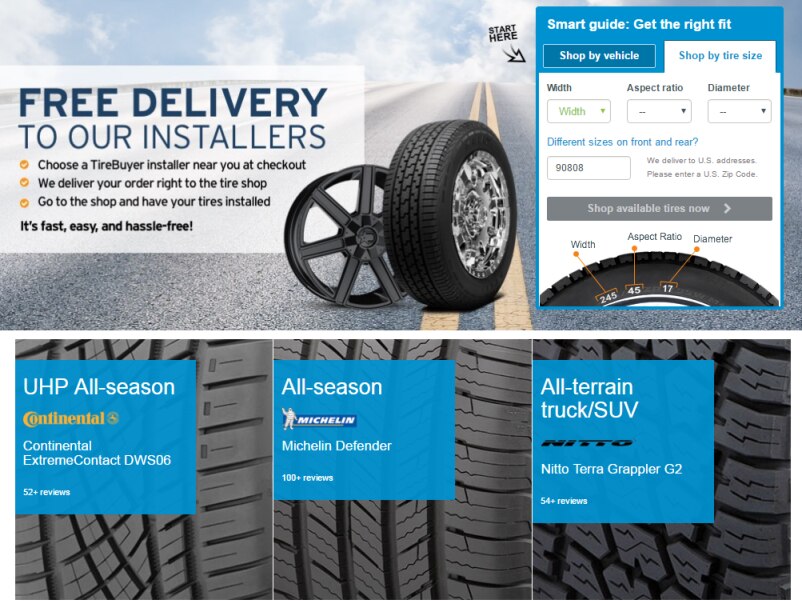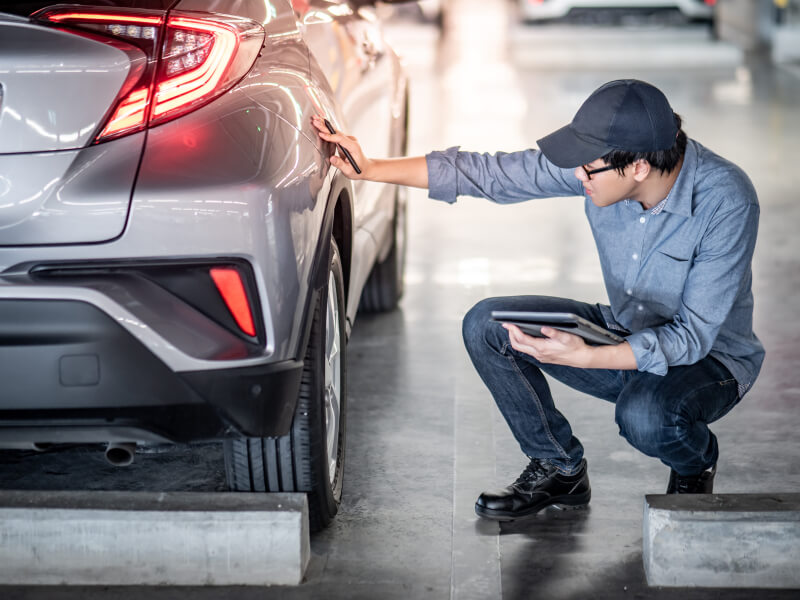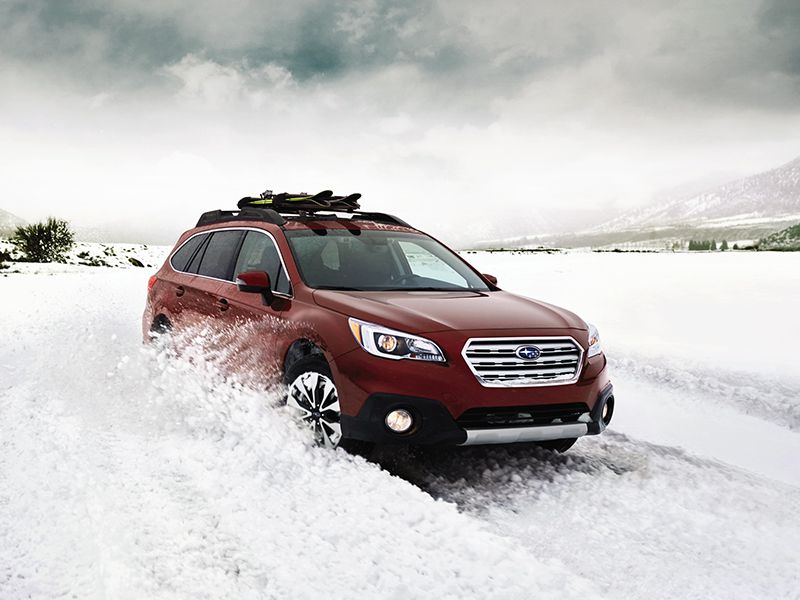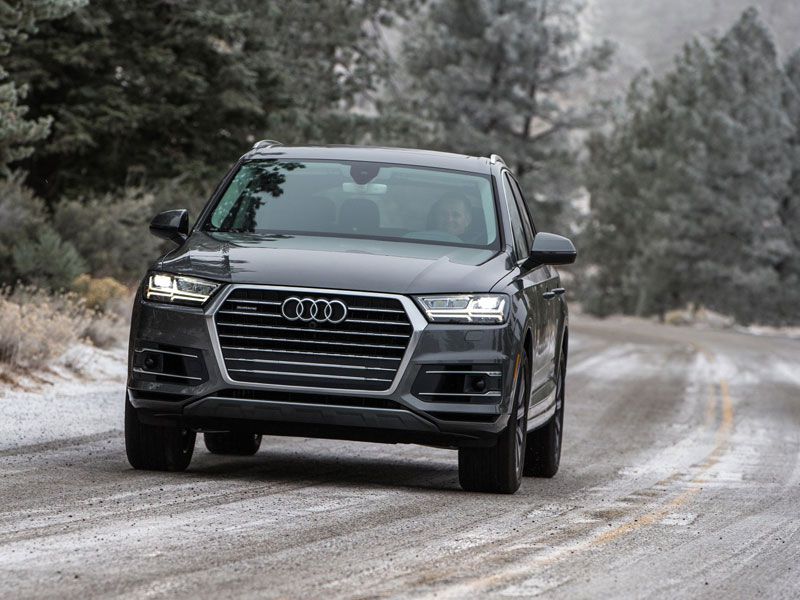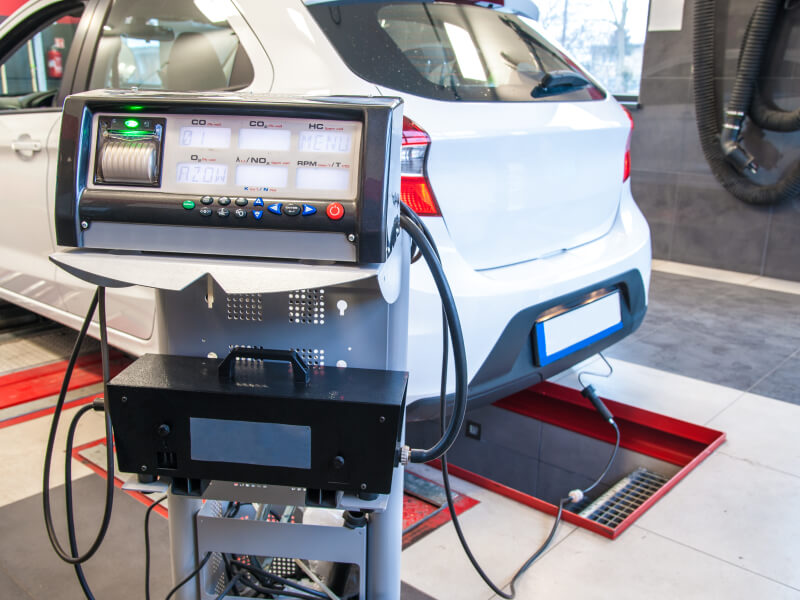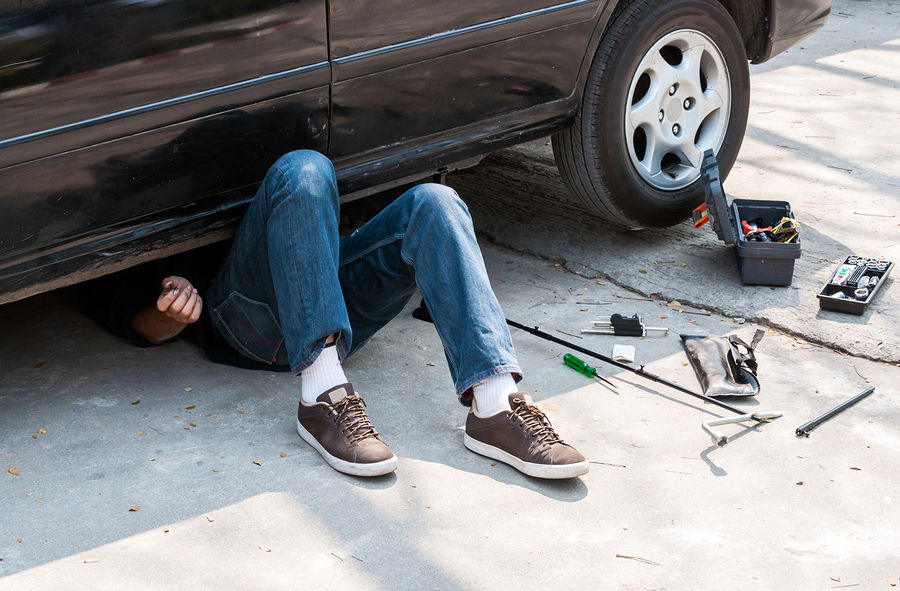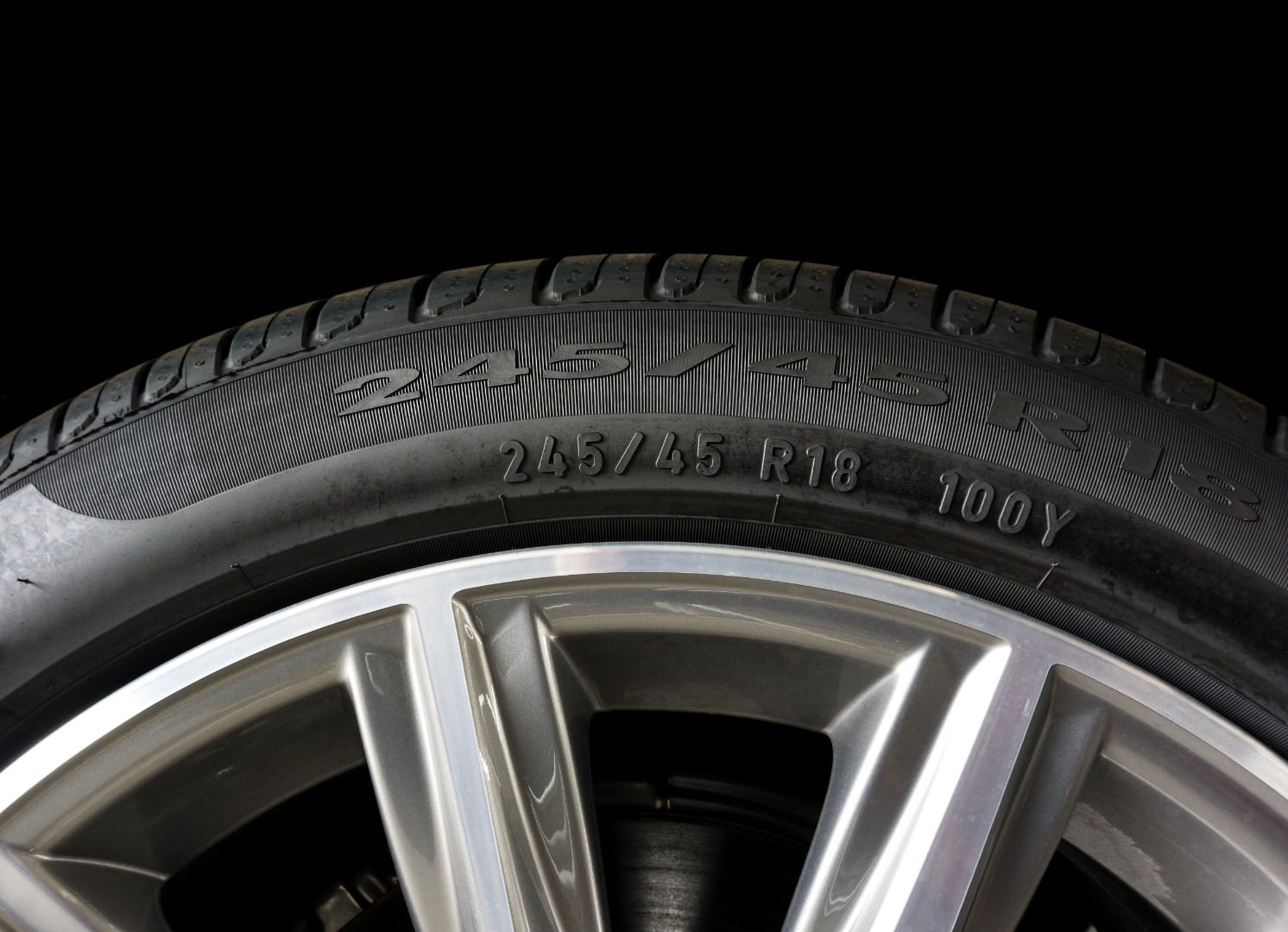What to Do if Your Check Engine Light Comes On
Now it’s time to panic (just kidding). Stay calm, and consider the most common source of this warning: the gas cap. Is it tightened? Check/tighten it, then drive for 15-20 minutes to give the warning light time to turn itself off. Pay attention to other signals from the CEL and the car’s similar performance:
Minor Issue
- Warning: the light’s on (even intermittently) or flickering.
- Performance: no noticeable performance issues.
- Solution: Keep driving, but get the car checked out as soon as possible.
Major issue
- Warning: the light stays on
- Performance: There are noticeable performance issues.
- Solution: Get off the road as soon as you can; tow the car to a professional for service.
Vital Issue
- Warning: the light blinks steadily (not flickers)
- Performance: accelerating leads to flashing light (i.e., total emission control failure)
- Solution: Immediately get off the road; tow the car to a professional for service
If you’re confident there’s no engine/emission problem, or you’ve fixed it (or are about to fix it), then it’s time to turn off the engine light. Can you do this yourself? Maybe. This all depends on the age of your car.
For Pre-1996 Cars
If your car was built before the mid-90s, all you need to do is open the hood and disconnect the negative battery terminal for about 30 seconds. When you restart the car, the light should be off again.
For Post-1995 Cars
The engine lights in these vehicles use different technology, and they’re not so easy to reset. You’ll need to go to a repair shop to have a mechanic turn it off with a particular scanner. Alternatively, you can go to auto parts stores to use their scanners and get the diagnostic codes for your vehicle’s engine problems—national chains often provide this service for free.
Terminology Lesson
check-engine light/malfunction-indicator light: “CEL”/“MIL” diagnostic trouble code: “DTC
